When the state legislature surprisingly eliminated the landmark Connecticut Permanent Commission on the Status of Women (PCSW) on the heels of one of the agency’s most successful advocacy efforts on an array of pivotal issues, the dismay from an array of organizations across the state was strident and unified, but ultimately unsuccessful.
The 2016 Legislative Session, which ended in June, had seen four of the largest gains for women’s rights. Bills to protect women from human trafficking, intimate partner homicide, campus sexual assault, and being forced to parent with a rapist all passed with bi-partisan support, with PCSW among the organizations leading the fight.
The agency, active and effective for 43 years, was no longer “permanent.” It was history. Unfazed, the legislature, pressed to find budgetary savings, merged it into a new structure, combined with former commissions on children and the elderly. For those involved with, and committed to, the work of the former PCSW, the legislature's approach fell short. So they took matters into their own hands. 
The tone was considerably more upbeat this week as it was announced that PCSW was back in business, new and improved, with an educational nonprofit and a companion advocacy organization formed to continue the work on issues that remain on the front burner – or ought to.
A group of former State Commissioners and former key employees of the previous PCSW, dismantled at the start of the new fiscal year on July 1, announced the formation of a new non-profit initiative to advance the work of the former state agency, which was among the oldest and largest women’s commissions left in the United States.
The Commission’s legacy of developing landmark legislation and research in the areas of sexual harassment, domestic violence, family medical leave protections, pay equity, and human trafficking will continue, advocates stressed, only now emanating from outside of state government.
“We will partner with leaders in Hartford, CWCS, and organizations around the state to ensure that the public policy agenda for women and girls addressed by the former PCSW continues to move forward. We will provide expertise, research, resources, and advocacy to improve the lives of women and girls in this state,” said Mary Lee Kiernan, former Chair of the PCSW and President of the newly formed Permanent Commission on the Status of Women in Connecticut Education Fund, Inc. (PCSW Education Fund, Inc.). PCSW Education Fund, Inc. is applying for 501(c)(3) tax status with the IRS.
A new website, www.ctpcsw.org, was launched along with the new organizations. The new initiatives were announced at a State Capitol news conference, alongside the statue of Prudence Crandall, Connecticut’s state heroine. 
“Our new initiative will advocate in the same key policy areas addressed by the former PCSW, including economic security; health and safety for women of all ages; discrimination in all forms; education; and women’s leadership,” explained Carolyn Treiss, Executive Director of the former PCSW and President of the newly formed Permanent Commission on the Status of Women in Connecticut, Inc. (PCSW, Inc.). PCSW, Inc. is applying for 501(c)(4) tax status with the IRS and intends to advocate for an annual legislative agenda in these key policy areas. 501(c)(4) tax status allows for unlimited advocacy on legislation.
The board members of these two entities currently consist of eleven of the sixteen former PCSW commissioners, the former PCSW Executive Director and the former PCSW Policy Director. These individuals provide expertise on a wide variety of issues affecting women and girls, and they represent all regions of the state.
“I am impressed with the expertise that our board members bring, particularly around the intersection of gender with issues of race, ethnicity, age, religion, and socio-economic status,” explained Catherine Ernsky, President of the Ernsky Group and Vice President of the PCSW Education Fund, Inc. Board members also bring experience in the areas of law, finance, medicine, insurance, communications, philanthropy, health equity, criminal justice, state and local government, legislation, education, environmental justice, organized labor, and non-profit leadership.
An advisory board to the PCSW Education Fund, Inc. has been established that includes Senator Richard Blumenthal; Congresswoman Rosa DeLauro; former PCSW Executive Director and current President of the Ms. Foundation, Teresa Younger; former PCSW Honorary Commissioner and Executive Director of the Women’s Campaign School at Yale, Patricia Russo; former PCSW Honorary Commissioner Patricia Hendel; and former PCSW Honorary Commissioner Barbara DeBaptiste. Pro-Bono legal services are being provided by Wiggin & Dana, LLP. PFK O’Conner Davies, LLP will serve as auditors.
PCSW Education Fund, Inc. and PCSW Inc. intend to collaborate with non-profit partners from around the state, the new CWCS, and state leaders to “continue the long legacy of progress for women and girls” that characterized the former state agency.
“Collaboration in this space is key,” explained Fran Pastore, President of the Women’s Business Development Council, a frequent collaborator with the former PCSW. “The board members of these entities are well-known for building effective coalitions. I hope to work with them to improve financing for women-owned businesses and workplace practices impacting women. Ultimately, these issues spur economic growth and improve the lives of everyone in the state.”
In 1973, the CT General Assembly passed, and Governor Thomas Meskill signed into law, Public Act 73-559, establishing the Permanent Commission on the Status of Women. The PCSW was charged with providing research and analysis on issues related to gender discrimination, women’s health and safety, and economic security. “In its 43 year history, the PCSW has informed many important public policies that make Connecticut a desirable place for women to live and work today,” the Commission explained in its final legislative report, issued in June. The list of highlight legislative victories runs six pages, single spaced, in small type.
Back in February, Kiernan testified at the legislature, explaining that "The empirical evidence on gender in Connecticut is very clear. Women still face widespread discrimination in the workplace and beyond. Women continue to face far greater barriers to educational success than men. Women face wage inequality, occupational segregation and barriers to credit in the business sector. Women still struggle for basic economic self-sufficiency and fail to build the assets needed for retirement at greater rates than their male counterparts. And women and girls face increasingly complex threats to their health and safety. All of these issues are compounded and complicated by race and ethnicity."
Now, a new chapter begins, with experienced hands at the helm.


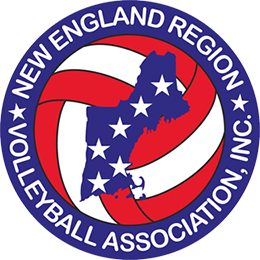 “The New England Region is looking forward to the expansion of two weekends for our Winterfest tournament,” says Roxann Link, New England Region Junior Commissioner. “All of our clubs, players and coaches have enjoyed playing at the Connecticut Convention Center and are excited that we will be able to add more teams.”
“The New England Region is looking forward to the expansion of two weekends for our Winterfest tournament,” says Roxann Link, New England Region Junior Commissioner. “All of our clubs, players and coaches have enjoyed playing at the Connecticut Convention Center and are excited that we will be able to add more teams.”


 Employers in Durable Goods Manufacturing, Nondurable Goods Manufacturing and Other Services plan to reduce staffing levels, while hiring in Construction is expected to remain unchanged, according to the survey.
Employers in Durable Goods Manufacturing, Nondurable Goods Manufacturing and Other Services plan to reduce staffing levels, while hiring in Construction is expected to remain unchanged, according to the survey. In the Northeast, 20 percent of employers surveyed anticipate stronger hiring activity in Quarter 4 2016. Connecticut employers expectations are somewhat lower.
In the Northeast, 20 percent of employers surveyed anticipate stronger hiring activity in Quarter 4 2016. Connecticut employers expectations are somewhat lower.
 eaths due to diabetes, and 48th in deaths caused by stroke. The state ranked 15th, however, in deaths caused by septicemia and 35th in accidental deaths.
eaths due to diabetes, and 48th in deaths caused by stroke. The state ranked 15th, however, in deaths caused by septicemia and 35th in accidental deaths.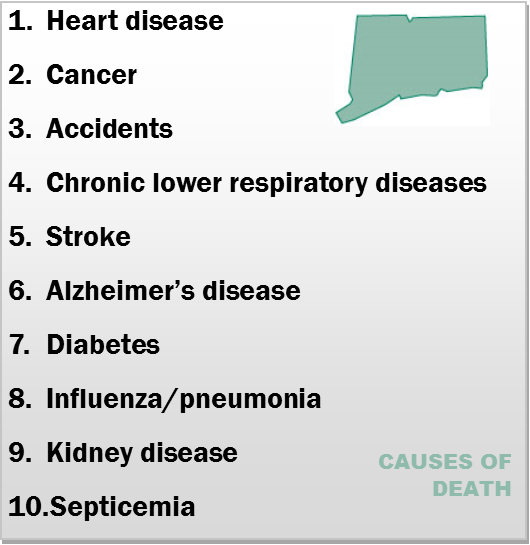
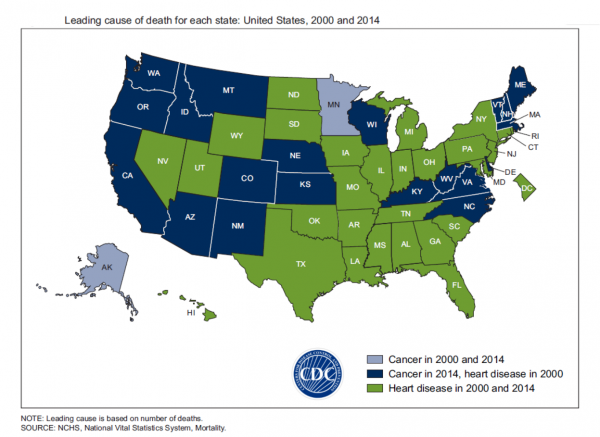


 Studies show that there is no unmet demand for natural gas in Connecticut, opponents of the planned pipeline said, stressing that gas pipelines are routinely only half full now and electricity demand in New England has remained virtually flat over more than 10 years. Proponents have
Studies show that there is no unmet demand for natural gas in Connecticut, opponents of the planned pipeline said, stressing that gas pipelines are routinely only half full now and electricity demand in New England has remained virtually flat over more than 10 years. Proponents have 
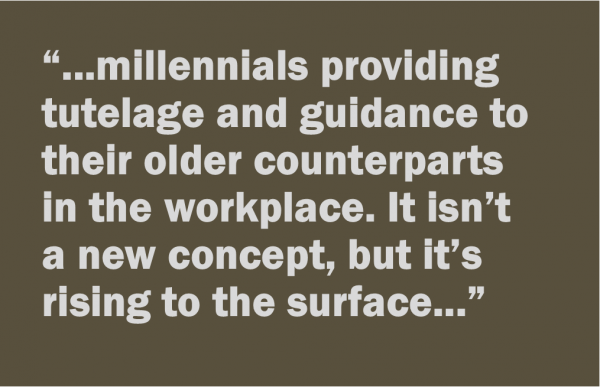
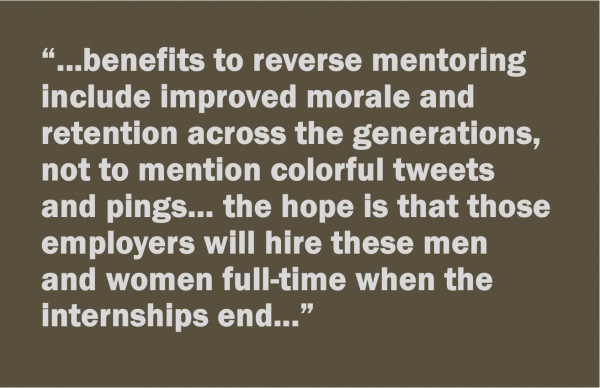 Other benefits to reverse mentoring – improved morale and retention across the generations, not to mention colorful tweets and pings that fly across social media platforms and engage the consumer.
Other benefits to reverse mentoring – improved morale and retention across the generations, not to mention colorful tweets and pings that fly across social media platforms and engage the consumer. The U.S. Department of Education July 2016 Data Point report from the National Center for Education Statistics includes data from the School Crime Supplement (SCS) to the National Crime Victimization Survey, a nationally representative sample survey of students ages 12 through 18, which were used to analyze trends in hate-related words. The SCS study is completed every other year.
The U.S. Department of Education July 2016 Data Point report from the National Center for Education Statistics includes data from the School Crime Supplement (SCS) to the National Crime Victimization Survey, a nationally representative sample survey of students ages 12 through 18, which were used to analyze trends in hate-related words. The SCS study is completed every other year. oped by the federal Health Resources and Services Administration notes that “indirect bullying” includes “rumor spreading or encouraging others to exclude a peer.” Bullying is described as “a public health problem and requires a coordinated community response.”
oped by the federal Health Resources and Services Administration notes that “indirect bullying” includes “rumor spreading or encouraging others to exclude a peer.” Bullying is described as “a public health problem and requires a coordinated community response.”

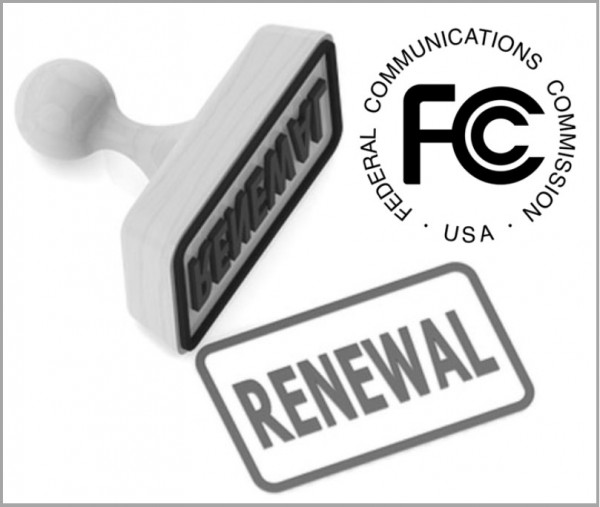

 FBI Special Agent Judy Eide, a 25-year veteran currently assigned to the Bureau’s New Haven Division Computer Crime squad and a coordinator of the Connecticut Chapter of InfraGard, will be one of the speakers. Also on the program is Mark Ramsey the Chief Information Security Officer for ASSA ABLOY – Americas and President of the Connecticut Chapter of InfraGard. Ramsey also teaches at Fairfield University, and previously held information security positions at Stanley Black & Decker and General Electric.
FBI Special Agent Judy Eide, a 25-year veteran currently assigned to the Bureau’s New Haven Division Computer Crime squad and a coordinator of the Connecticut Chapter of InfraGard, will be one of the speakers. Also on the program is Mark Ramsey the Chief Information Security Officer for ASSA ABLOY – Americas and President of the Connecticut Chapter of InfraGard. Ramsey also teaches at Fairfield University, and previously held information security positions at Stanley Black & Decker and General Electric.
 “We want this to be a must-attend event for anyone responsible for strategic technical decisions within their organization,” says Steven Bulmer, Walker’s vice president of professional services. “Tech Impact is really a self-defining event based upon the intense interest and demand from our clients, especially for information security services.”
“We want this to be a must-attend event for anyone responsible for strategic technical decisions within their organization,” says Steven Bulmer, Walker’s vice president of professional services. “Tech Impact is really a self-defining event based upon the intense interest and demand from our clients, especially for information security services.”


























